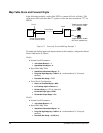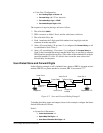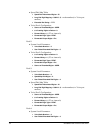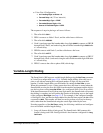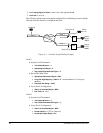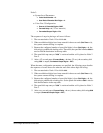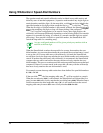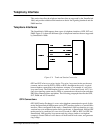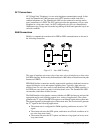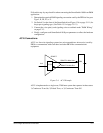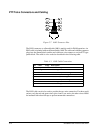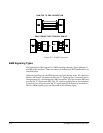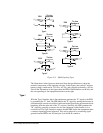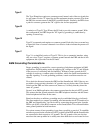
C-10 SmartSwitch 1800 4.0 User Guide, Rev 01
SLT Connections
SLT (Single Line Telephone) is a two-wire telephone communication mode. In this
mode, the SmartSwitch 1800 presents a telco/PTT interface which looks like a
standard telephone set. The SmartSwitch 1800 can be connected to analog station
ports (extensions) of a PBX. The SLT option provides the appearance of a two-wire
telephone in a loop-start circuit. An SLT-configured voice port on a SmartSwitch
1800 detects ring voltage and closes the loop during off-hook and opens the loop in an
on-hook condition.
E&M Connections
E&M is a communication mode used in PBX-to-PBX communications as shown in
the following illustration.
Figure C-5 Inter-PBX Trunking
This type of interface uses a two-wire or four-wire voice circuit plus up to four wires
for E&M signaling. In this mode, the SmartSwitch 1800 offers an interconnection path
between two PBXs.
PBX E&M tie-line connections usually require multi-conductor dedicated circuits to
support full-duplex voice and separate signaling lines. Typically, eight wires are
required: four for voice (two wires in each direction) and four for E&M signaling. A
few PBXs use two wires (one pair) for bi-directional voice. The SmartSwitch 1800
can interface with either of these circuits.
The E&M interface is designed to connect with that of a PBX tie line port, and provide
appropriate end-to-end signaling support for a variety of applications. The system
generates the "E" signal to the PBX in response to an inbound signal at the remote unit.
That signal depends on the application of the remote unit. The local unit will generate
the "E" signal in the following applications:
●
The remote unit is configured for E&M signaling, and detects an active "M"
signal.
●
The remote unit uses the OPX option, and detects an off hook condition on its
two-wire loop-start circuit.
●
The remote unit uses the SLT option, and detects a ring signal on its two-wire
loop-start circuit.



